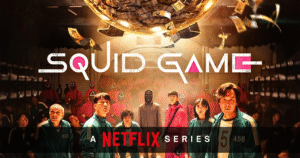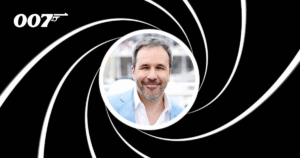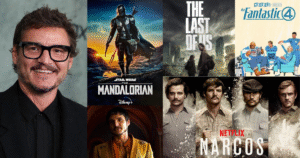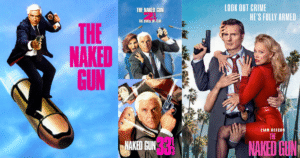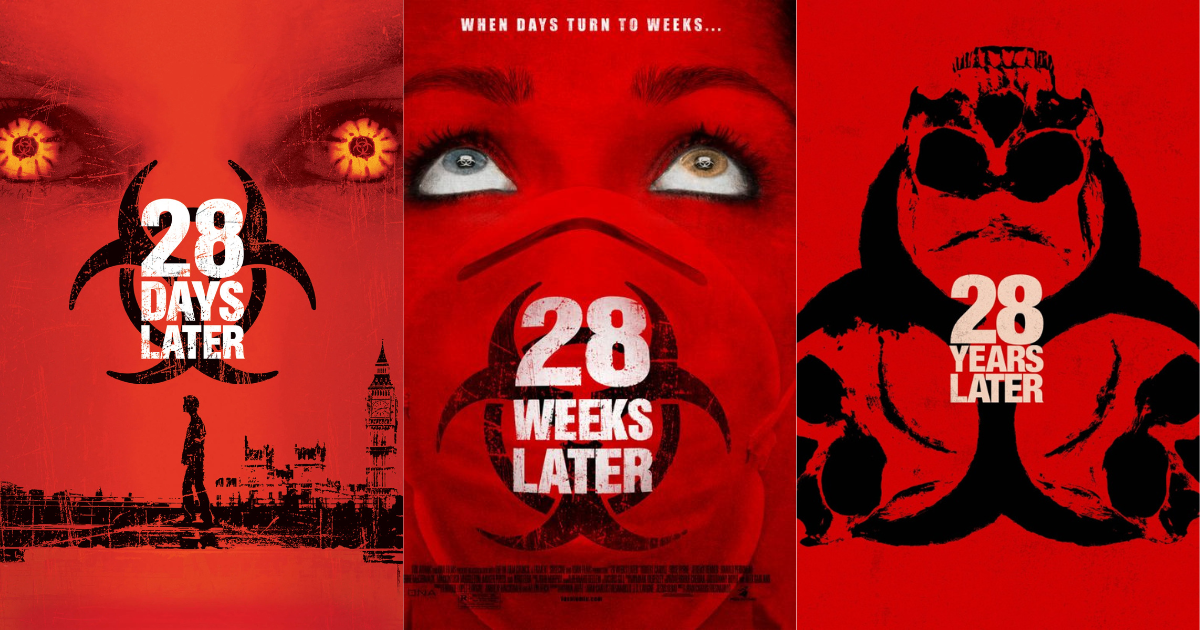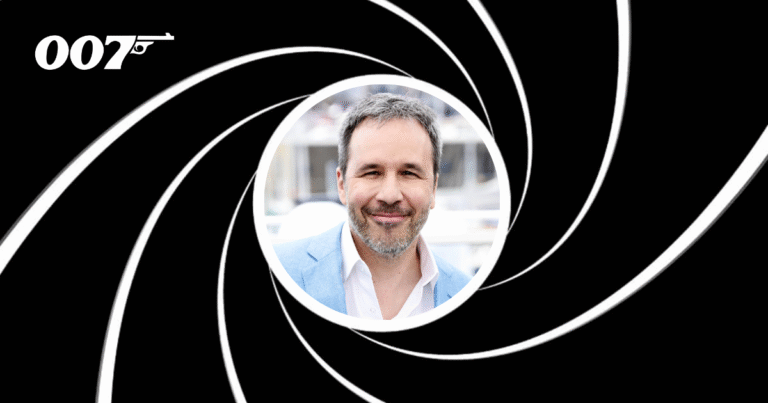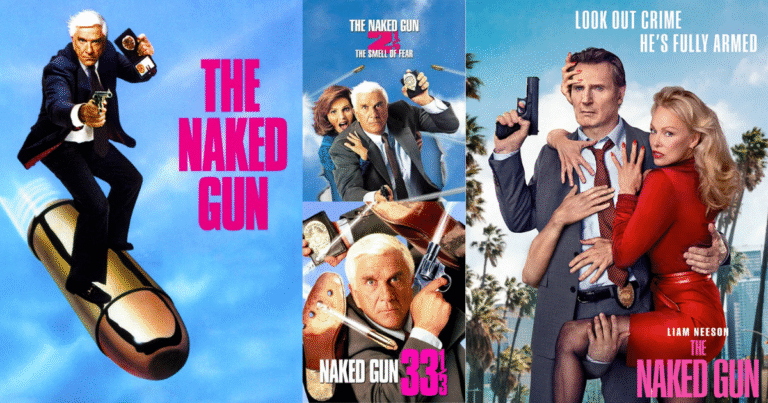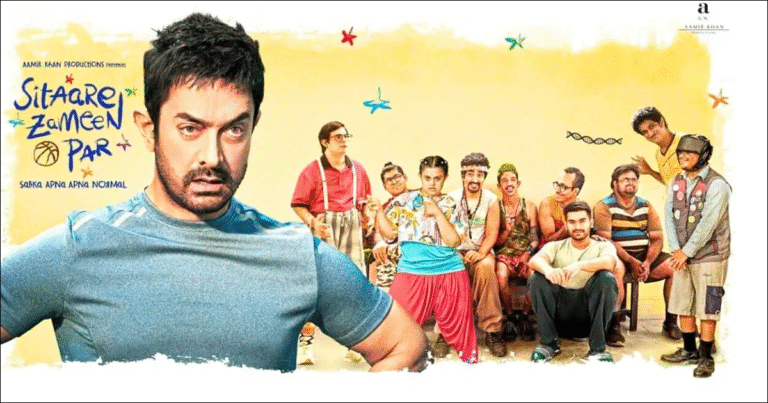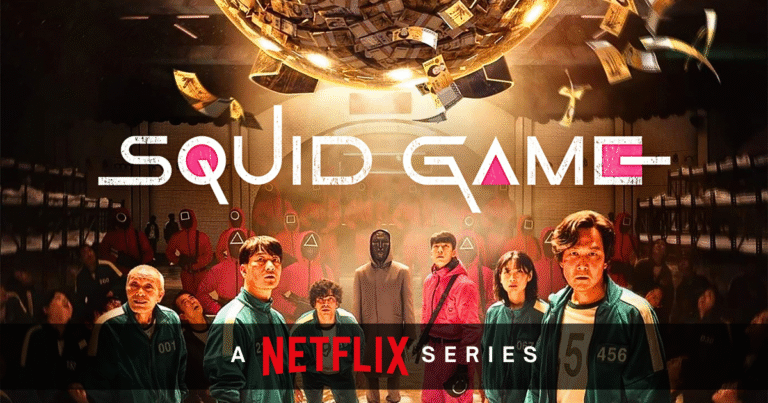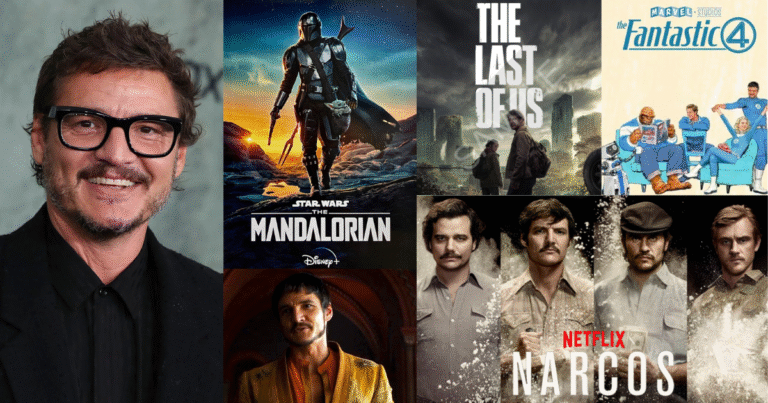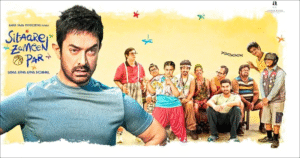Back in 2002, 28 Days Later changed the rules of zombie horror. It wasn’t just another undead flick, it was a full-on adrenaline shot to the genre. Gritty, fast-paced, and eerily grounded in realism, the film redefined what a modern horror movie could feel like. With Danny Boyle’s raw direction and Cillian Murphy’s breakout performance, the movie infected pop culture with a new kind of fear: rage.
Fast forward to today, and the legacy lives on. The trilogy, 28 Days Later, 28 Weeks Later, and the recently released 28 Years Later, stands as one of the most influential horror sagas of our time. But how did we get here? And why does the newest film still resonate?
The Day It All Changed: 28 Days Later
When 28 Days Later hit theatres, it was a breath of terrifying fresh air. The film wasn’t about slow, moaning zombies. Instead, it gave us sprinting, rage-infected humans that didn’t stop until you were a bloodstain. Shot on digital cameras with a documentary feel, the movie made the apocalypse feel real, and way too close to home.
Its minimal score, haunting empty London streets, and emotionally raw performances made it a horror movie that stuck with you long after the credits rolled. It was also deeply political, exploring themes of societal breakdown, government control, and human survival.
It redefined the “zombie” subgenre, even though technically, they weren’t zombies. They were infected. And that subtle distinction made all the difference.
The Brutal Expansion: 28 Weeks Later
Released in 2007, 28 Weeks Later amped up the chaos. With a bigger budget and more action, it showed what happens when the military steps in, and predictably fails. The film was a commentary on post-war occupation, military ethics, and the fragility of human systems when faced with primal terror.
While Danny Boyle didn’t return to direct, the film still retained the urgency and bleak tone of its predecessor. It was bloodier, faster, and perhaps more harrowing. The opening sequence alone, featuring a desperate escape, is still considered one of the best in horror history.
Critics were split. Some loved the scale, others missed the intimacy of the original. But 28 Weeks Later expanded the world in a way that made fans crave more.
And Now, 28 Years Later
Released just last week, 28 Years Later picks up with a haunting sense of familiarity, and that’s what makes it hit so hard. We’re not just watching a continuation of a horror story. We’re confronting the world we live in today.
The new film brings back Danny Boyle and screenwriter Alex Garland, which immediately raises expectations, and they deliver. Set in a future where the infection never truly went away, 28 Years Later leans into dread with surgical precision. It explores how societies attempt to rebuild, how memories of past horrors fade (or don’t), and how easily rage can return, inside people and systems alike.
Visually, it balances the roughness of the original with a more expansive world. Emotionally, it asks bigger questions: Can we ever really move on from trauma? Or do we just learn to live with it?
Without giving away spoilers, the performances are gripping, and the cinematography is both bleak and beautiful. There’s a maturity to this installment, it’s less about jump scares and more about existential horror. And it works.
Why the 28 Trilogy Still Matters
What’s amazing is how these films reflect the era they’re released in. 28 Days Later came out post-9/11, capturing a sense of paranoia and fear. 28 Weeks Later reflected the messiness of war and occupation. And now, 28 Years Later lands in a post-pandemic world where we’ve all lived through global disruption.
These aren’t just horror movies. They’re social commentaries disguised as thrill rides. And because of that, they’ve aged incredibly well.
They also did something rare: each film felt like its own statement, not just a rehash. Even now, few horror franchises can claim that kind of consistency across decades.
Final Thoughts
If you’re a fan of intelligent horror that respects your brain as much as your adrenaline, the 28 series is essential viewing. And 28 Years Later might just be the boldest entry yet, not because it’s louder or bloodier, but because it dares to slow down and ask: What kind of world are we rebuilding?
In an era where many sequels exist just to sell nostalgia, this one feels earned. It’s not just a return. It’s a reckoning.
